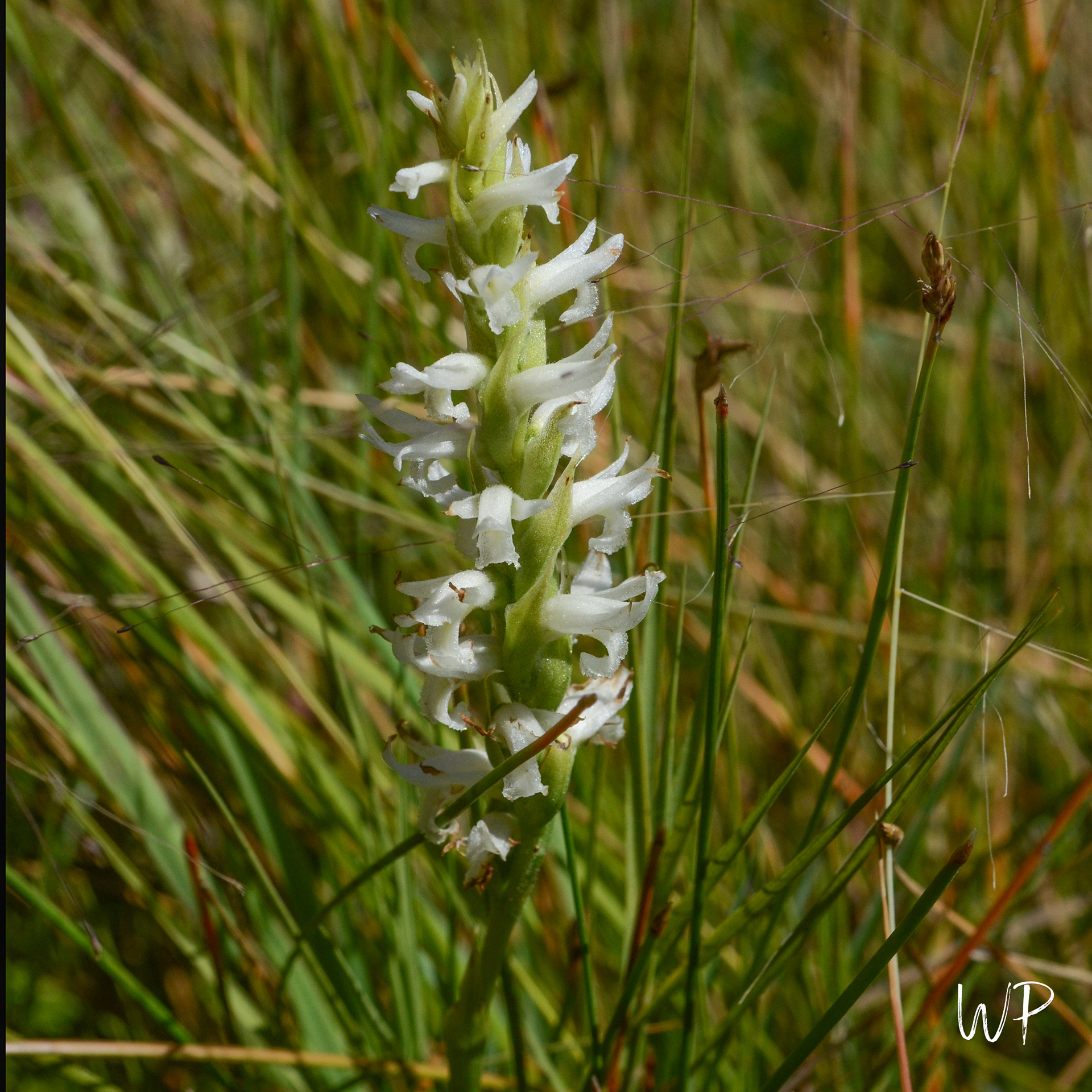
Ute's Lady's Tresses - Spiranthes diluvialis (Imperiled, Federally Listed, Threatened)
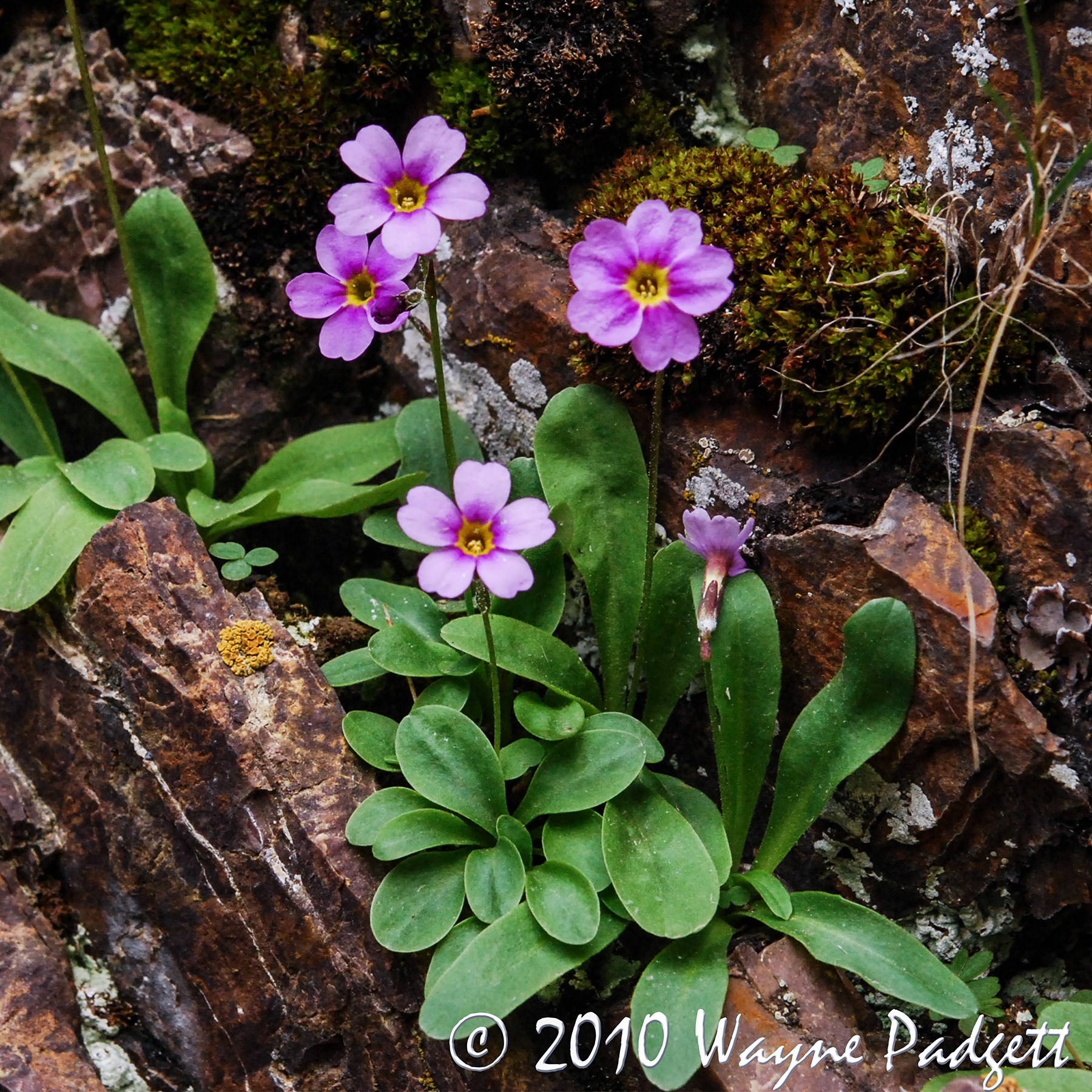
Maguire's Primrose - Primula maguirei (Critically Imperiled, Federally Listed, Threatened)
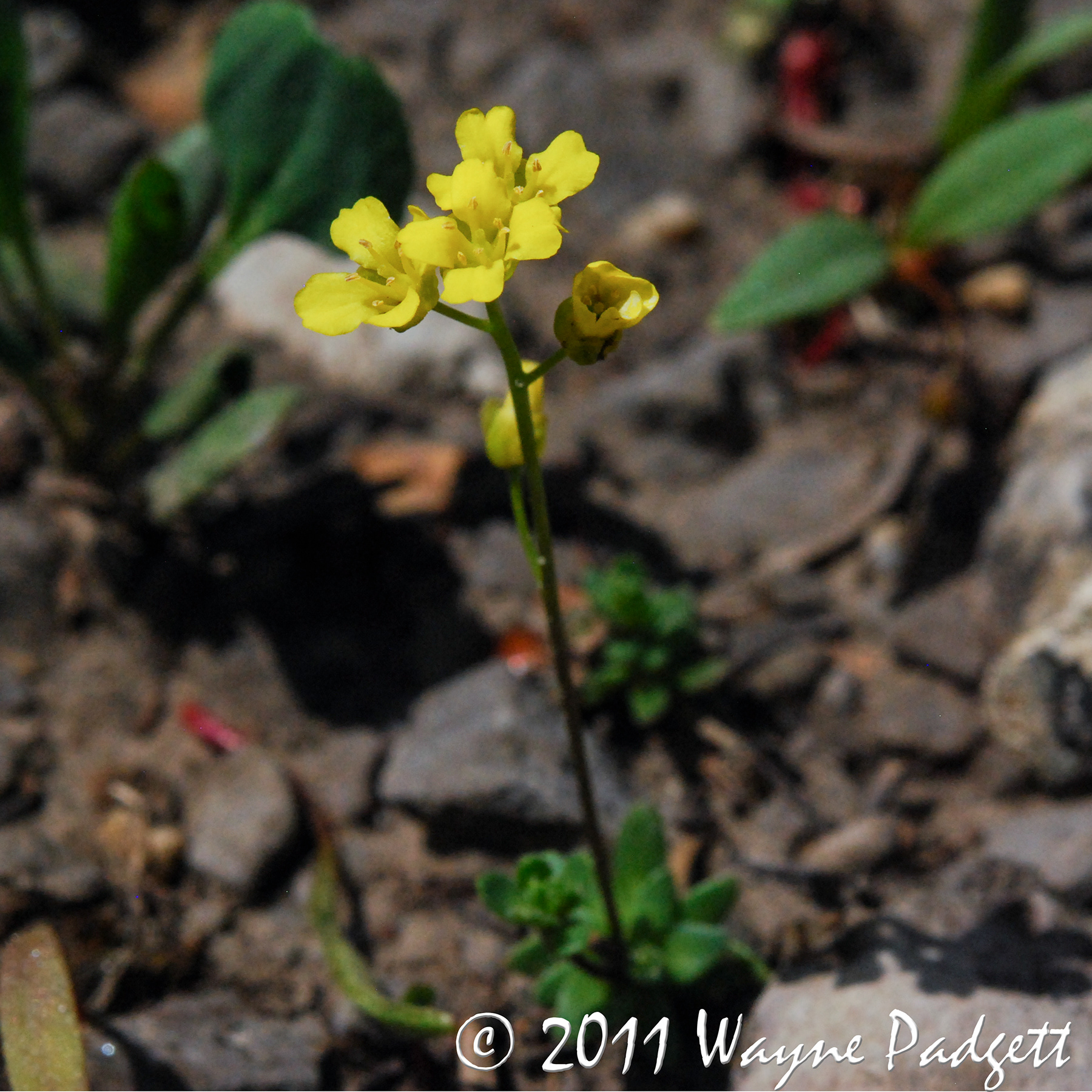
Maguire's Draba - Draba Maguirei (Imperiled)
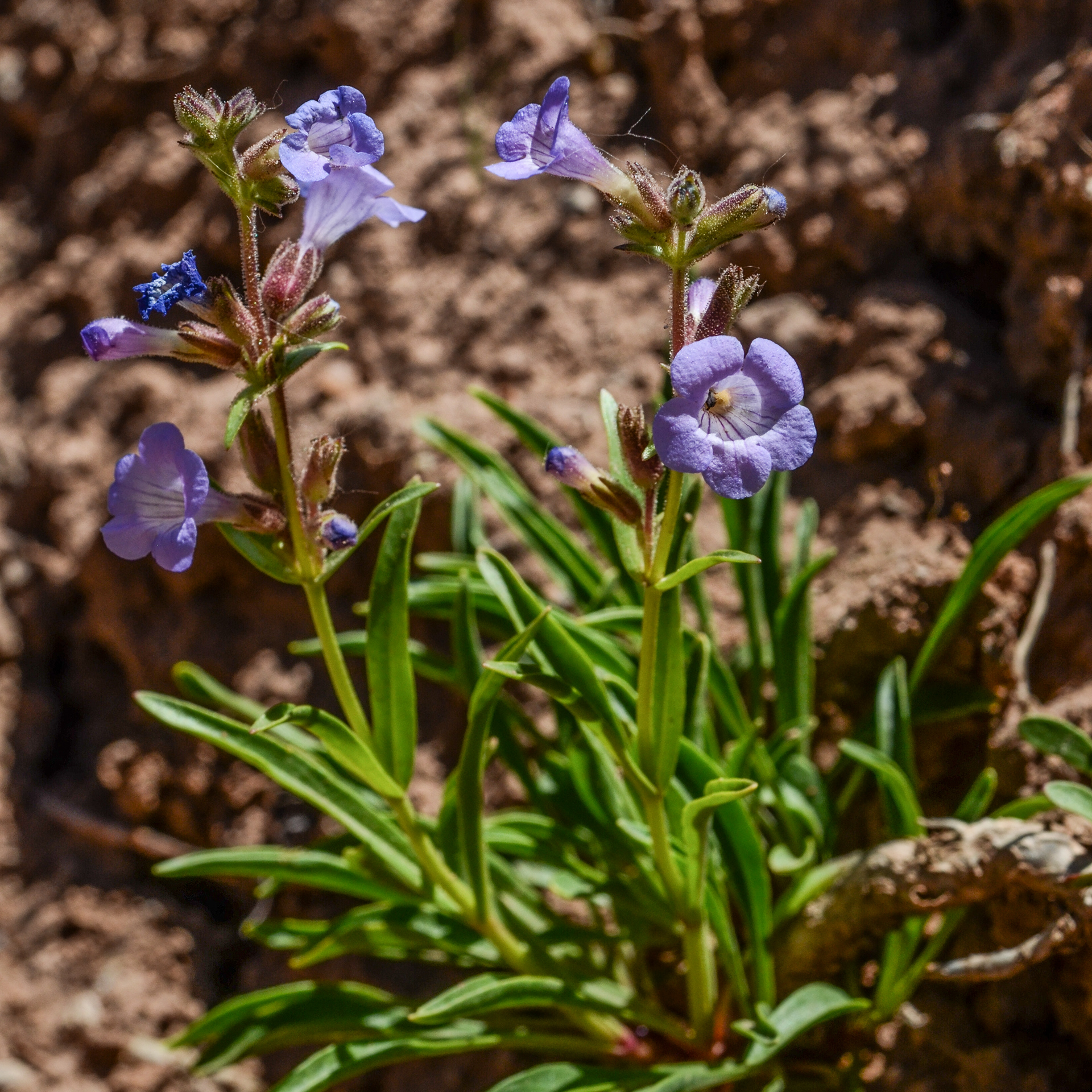
Goodrich's Penstemon - Penstemon goodrichii (Imperiled)
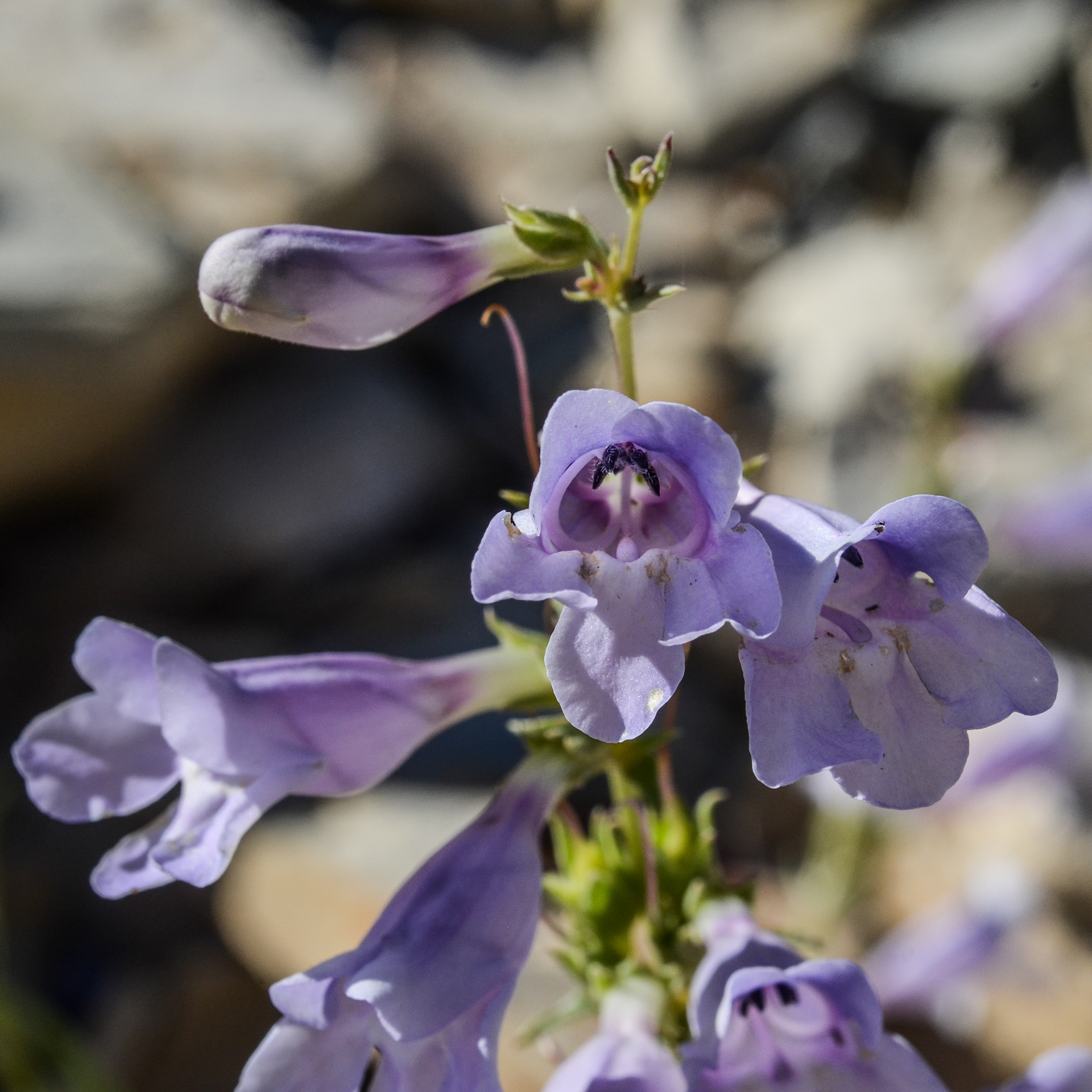
White River Beardtongue - Penstemon scariosus var. albifluvis (Critically Imperiled Variety)
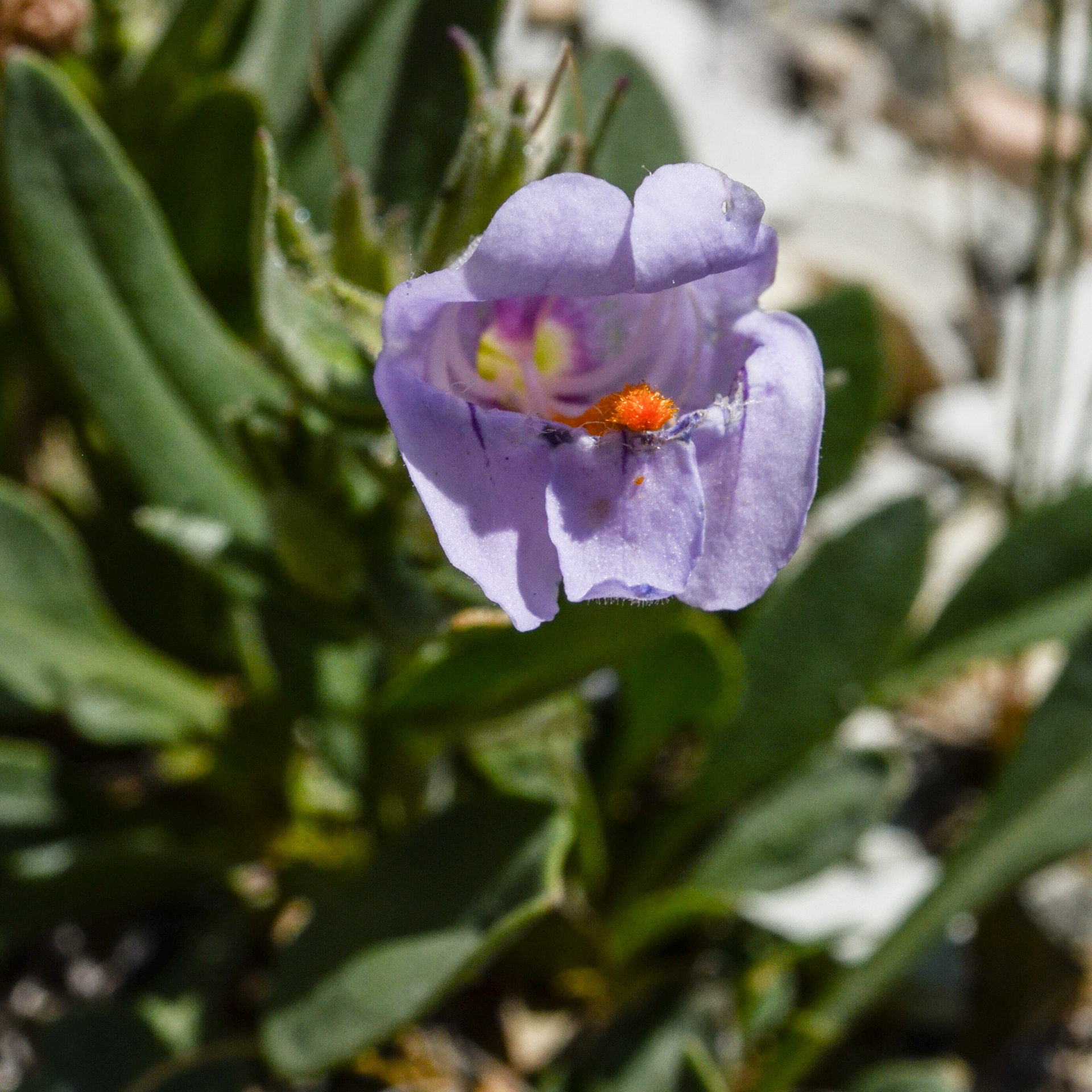
Graham's Beardtongue - Penstemon grahamii (Imperiled)
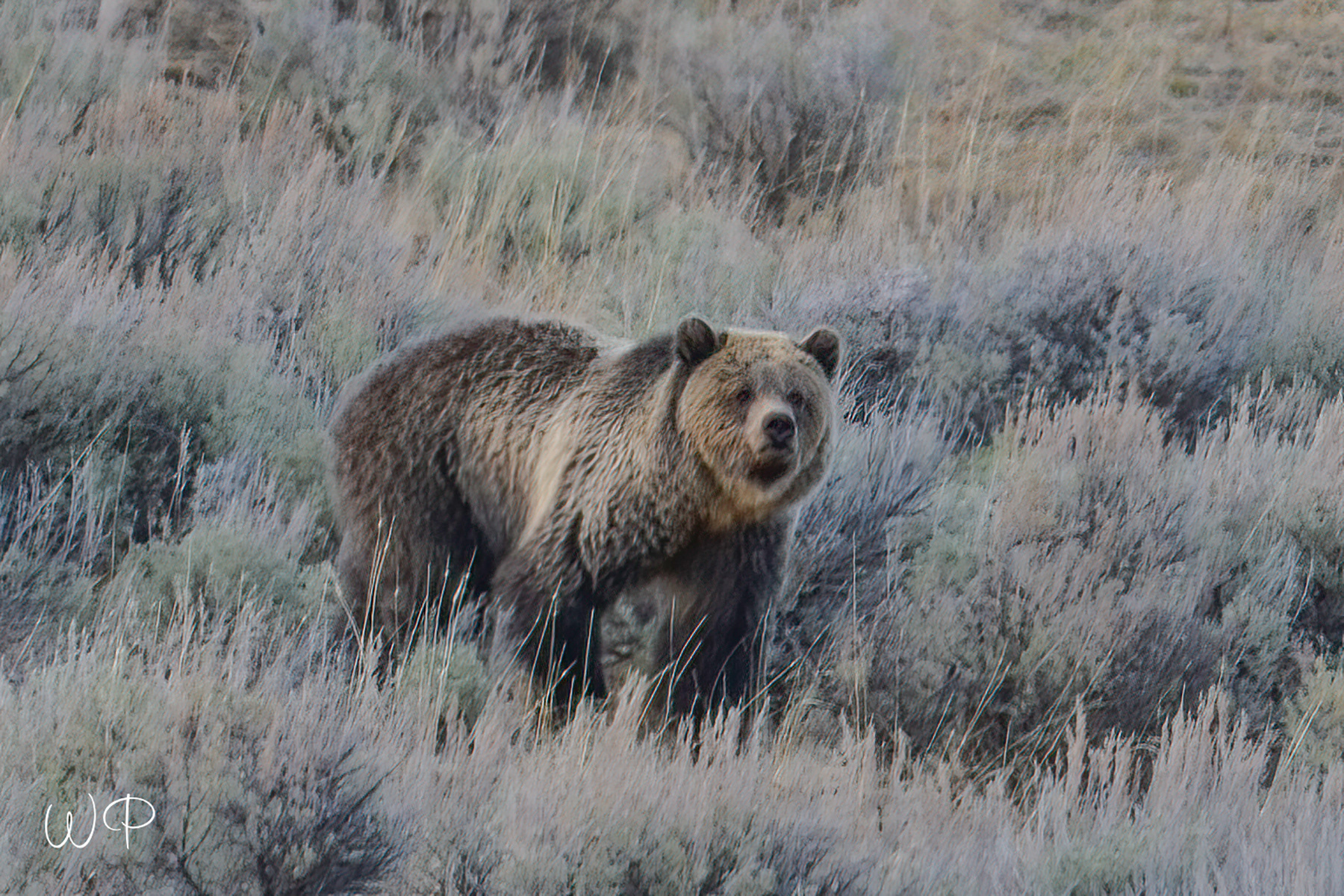
Grizzly Bear - Yellowstone National Park
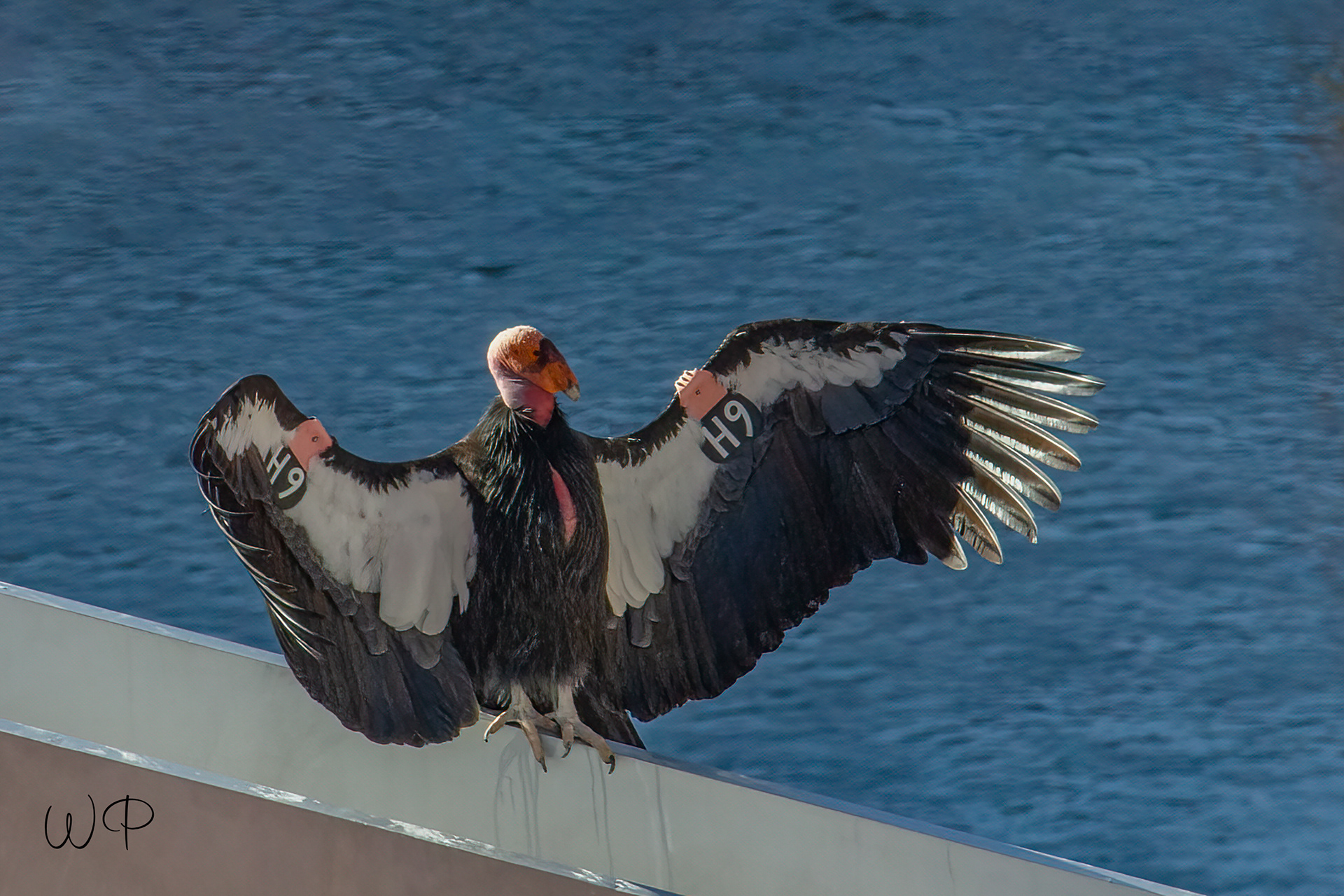
California Condor - H9, Southern Utah/Northern Arizona
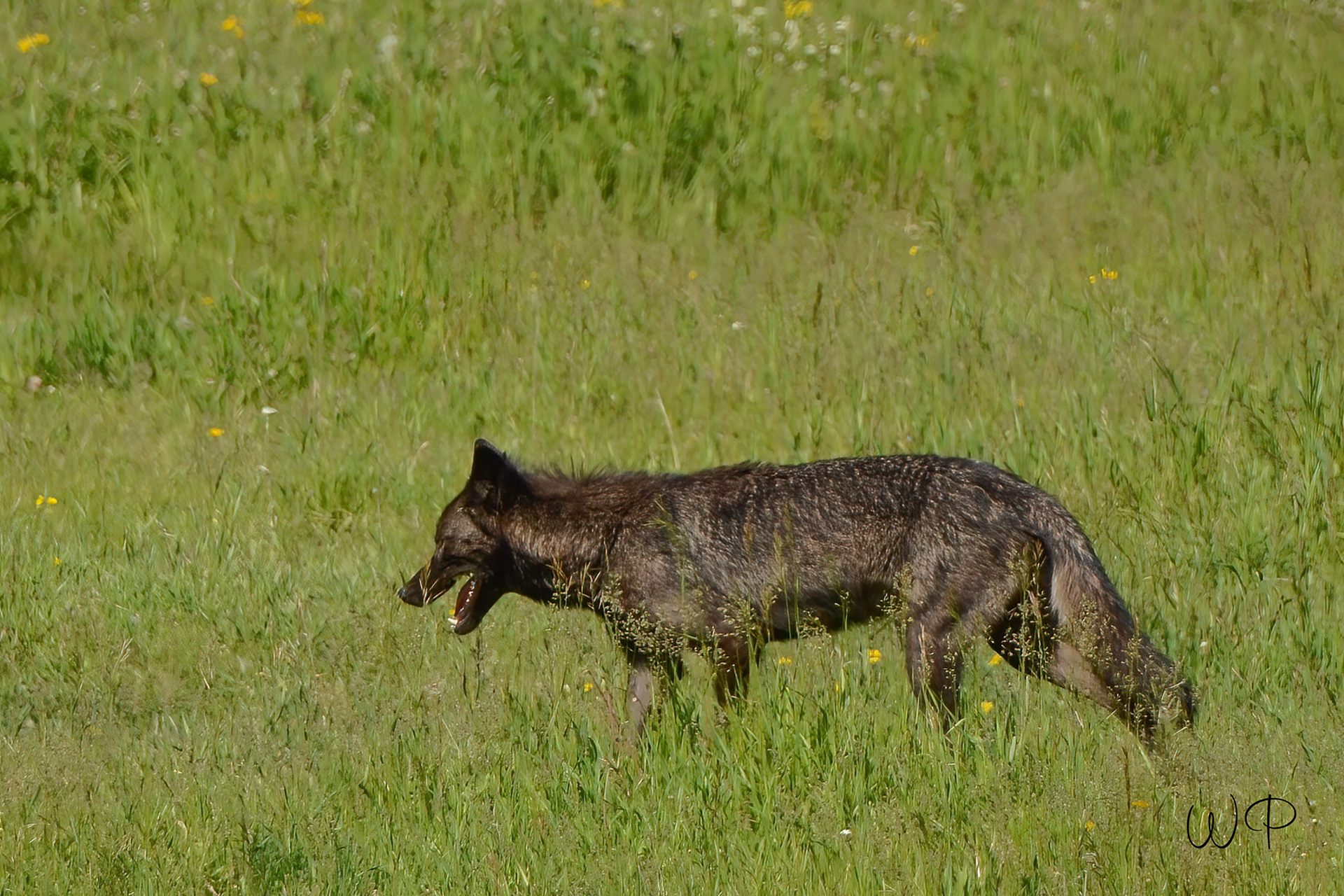
Gray Wolf - Yellowstone National Park
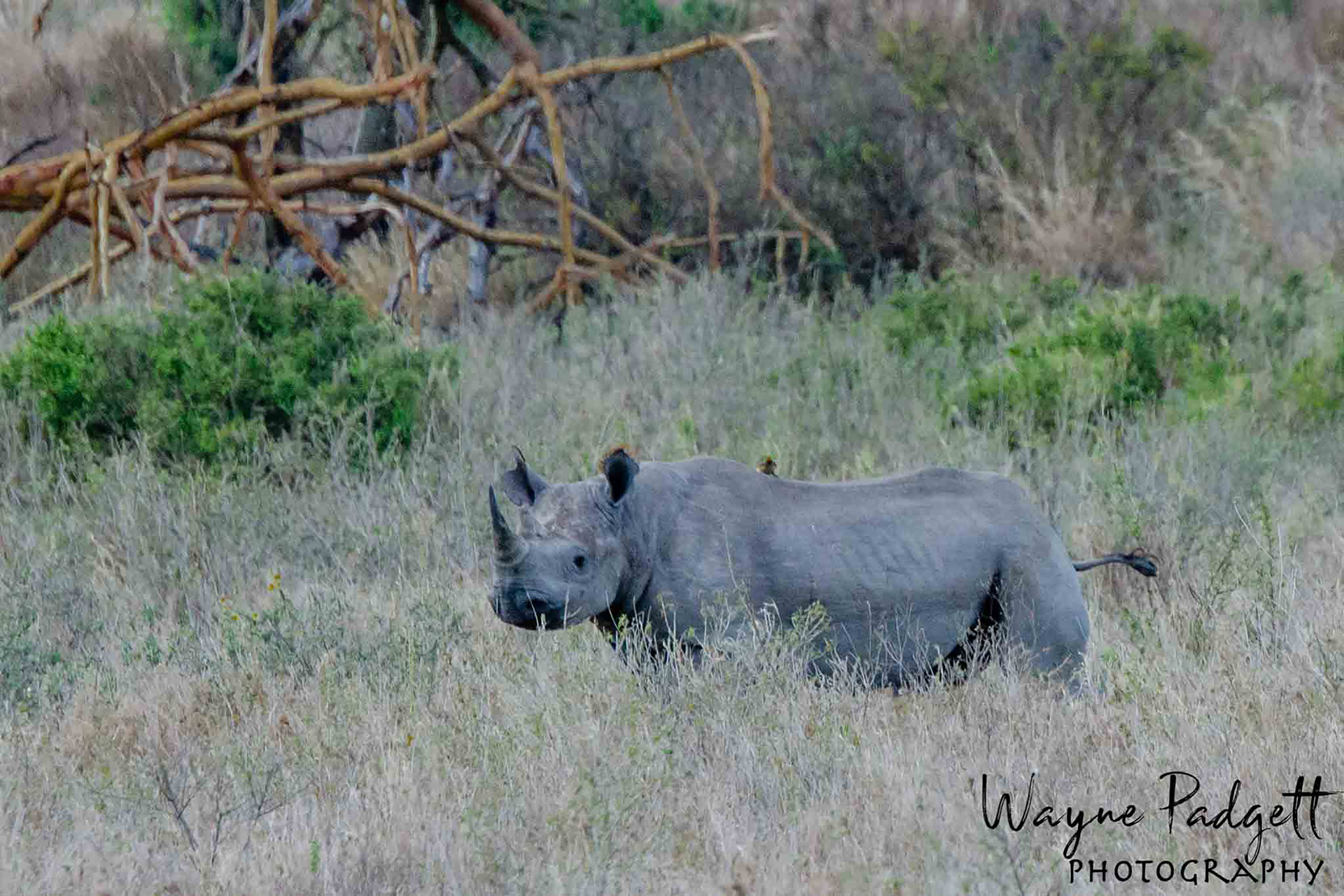
Eastern Black Rhinocerus - Critically Imperiled, Serengeti National Park
Black rhinoceros are listed as critically endangered and it has been noted that between 1960 and 1995, their numbers dropped by 98%, to less than 2,500 (Source: World Wildlife Fund, Inc.). Seen here in Serengeti National Park in 2019, the Eastern Black Rhinoceros, Diceros bicornis michaeli, belongs to one of three surviving subspecies of black rhinos recognized by the International Union of for Conservation of Nature (IUCN). The Eastern Black Rhinoceros is considered Critically Endangered, as is the South-eastern Black Rhinoceros (Diceros bicornis minor). The South-western Black Rhinoceros (Diceros bicornis bicornis, which was previously assessed as Vulnerable, has been re-categorized as Near Threatened because of the increase in its population size according to the IUCN
October 2019
Arizona/Utah Flock
Condor 54 - Flock: AZ/UT
Arizona/Utah Flock
Condor R5: Hatched: April 5, 2015, at the Oregon Zoo
Condor P5: No Information on the Web page
Condor F1 (number hidden): Hatched: April 28, 2007, in the Wild
Condor 54: Hatched: June 13, 2004, at the World Center for Birds of Prey
Condor 17: Hatched: March 27, 2016, at the Oregon Zoo
Source: The Peregrine Fund
Arizona/Utah Flock
Condor R5: Hatched: April 5, 2015, at the Oregon Zoo
Condor P5: No Information on the Web page
Condor F1: Hatched: April 28, 2007, in the Wild
Condor 54: Hatched: June 13, 2004, at the World Center for Birds of Prey
Condor 17 (number hidden): Hatched: March 27, 2016, at the Oregon Zoo
Source: The Peregrine Fund
Oil and Gas drilling pads in the Uinta Basin of northeastern Utah
Drilling for oil and gas in the Uinta Basin of northeastern Utah